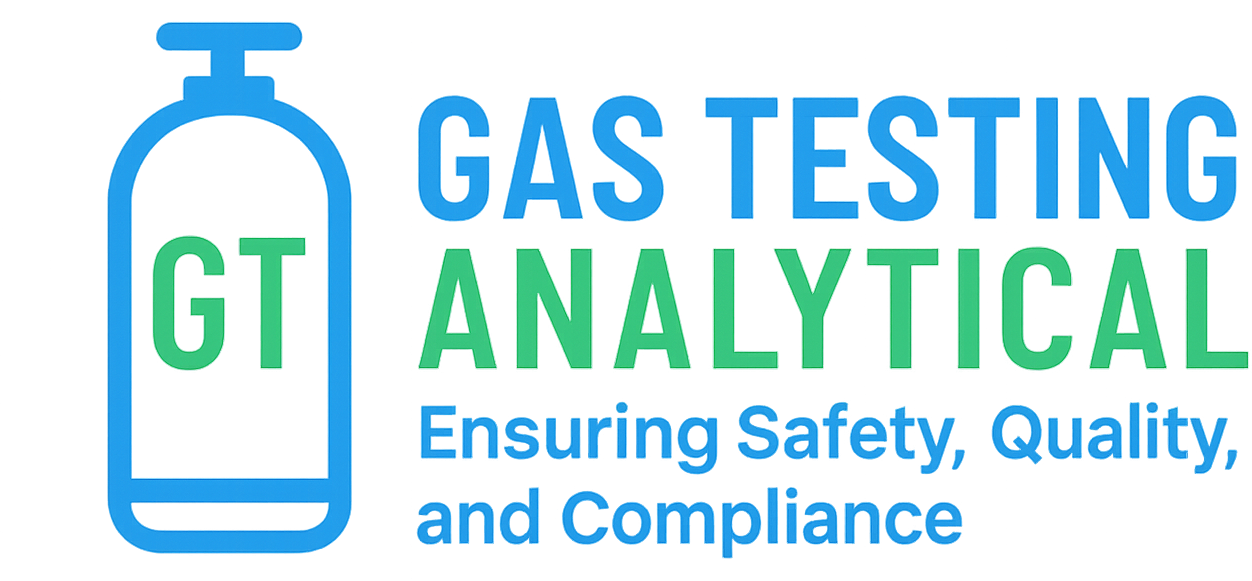Microbiology Analysis Techniques for Room Air and Compressed Gas Monitoring
Microbiology analysis of room air and compressed gases forms the cornerstone of contamination control in pharmaceutical, biotechnology, and medical device manufacturing environments. These specialized monitoring techniques detect viable microorganisms in controlled atmospheres, ensuring product sterility and regulatory compliance across critical manufacturing processes.
Active Air Sampling for Microbial Detection
Active air sampling systems represent the primary method for quantitative microbial monitoring in pharmaceutical cleanrooms and controlled environments. These systems draw predetermined volumes of air through collection media using calibrated air samplers operating at specific flow rates typically ranging from 28.3 to 100 liters per minute.
Impaction samplers utilize high-velocity air streams to impact airborne microorganisms directly onto agar plates or specialized collection media. Single-stage and multi-stage cascade impactors provide particle size distribution data alongside viable count information, enabling comprehensive assessment of airborne microbial contamination sources.
Centrifugal air samplers employ centrifugal force to collect airborne microorganisms onto agar strips or plates within rotating collection chambers. These portable systems offer advantages for spot sampling and investigational activities in pharmaceutical manufacturing environments.
Compressed Gas Microbial Monitoring Systems
Compressed gas microbial monitoring requires specialized sampling techniques to accommodate high-pressure systems while maintaining sample integrity. Gas expansion chambers reduce compressed gas pressure through controlled expansion, allowing collection of microorganisms using standard impaction or filtration methods.
Membrane filtration systems for compressed gases incorporate pressure reduction manifolds and flow control devices to filter large volumes of compressed air or specialty gases through sterile membrane filters. These filters undergo incubation on appropriate growth media to enumerate viable microorganisms present in the gas stream.
Liquid impingement systems capture airborne microorganisms from compressed gases into sterile collection fluids, which subsequently undergo membrane filtration or direct plating for microbial enumeration and identification.
Passive Air Sampling Methods
Passive air sampling employs settle plates positioned strategically throughout cleanroom environments to monitor microbial fallout over defined exposure periods. Standard exposure times range from 1 to 4 hours depending on facility classification and regulatory requirements.
Gravity settling techniques utilize open agar plates to collect microorganisms that settle from the air due to gravitational forces. These methods provide qualitative and semi-quantitative data regarding environmental microbial contamination levels and trends over time.
Contact plates pressed against surfaces and subsequently exposed to air provide combined surface and air sampling data, offering comprehensive environmental monitoring information for pharmaceutical manufacturing areas.
Swabbing is also an important technique for the sampling and analysis of surfaces.
Rapid Microbial Detection Technologies
ATP bioluminescence systems provide near-instantaneous detection of microbial contamination in air samples through measurement of adenosine triphosphate levels. These systems offer rapid screening capabilities for compressed gas systems and cleanroom environments requiring immediate contamination assessment.
Flow cytometry-based microbial detection systems analyze air samples for viable microorganisms using fluorescent staining techniques and automated cell counting. These advanced systems provide results within hours rather than days required for traditional culture-based methods.
Real-time polymerase chain reaction (PCR) systems detect specific microbial DNA sequences in air samples, enabling rapid identification of target organisms including bacterial spores, vegetative bacteria, yeasts, and molds commonly encountered in pharmaceutical environments.
Specialized Sampling for Critical Applications
Aseptic processing environments require enhanced microbial monitoring protocols including increased sampling frequencies and specialized collection methods. These applications utilize automated sampling systems that minimize human intervention and maintain sterile conditions throughout the sampling process.
Isolator and restricted access barrier system (RABS) monitoring employs internal sampling systems designed to operate within contained manufacturing environments. These systems incorporate sterilizable sampling heads and automated media handling to maintain environmental isolation.
Compressed breathing air monitoring for personnel protection systems requires specialized microbial assessment protocols to ensure worker safety in pharmaceutical manufacturing environments. These systems monitor both viable microorganisms and endotoxin levels in supplied breathing air systems.
Sample Processing and Incubation Protocols
Collected air samples undergo incubation on appropriate growth media selected based on target microorganisms and environmental conditions. Tryptic soy agar supports general bacterial growth, while Sabouraud dextrose agar promotes fungal recovery from pharmaceutical environments.
Dual-temperature incubation protocols utilize both 20-25°C and 30-35°C incubation conditions to optimize recovery of environmental microorganisms with different temperature preferences. Extended incubation periods up to 14 days ensure detection of slow-growing organisms commonly found in pharmaceutical manufacturing environments.
Automated colony counting systems provide consistent enumeration results while minimizing analyst variability in microbial count determination. These systems incorporate image analysis and pattern recognition algorithms to identify and count microbial colonies on agar plates.


